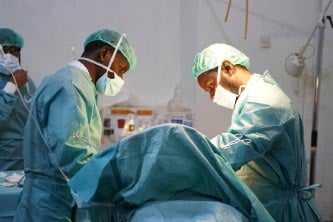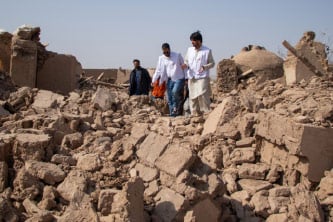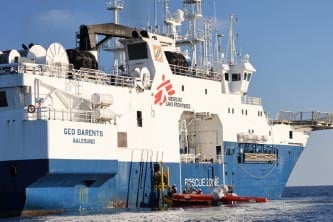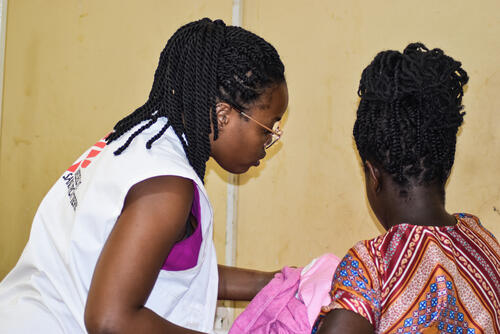We are working in the Far North and Centre regions of Cameroon. Our teams work through the volatile situation in the Far North to assist the health authorities with treating malaria. In the Centre region we responded to cholera in nine health districts in 2023.
Our activities in 2023 in Cameroon
Data and information from the International Activity Report 2023.
205
205
7.7 M€
7.7M
1984
1984
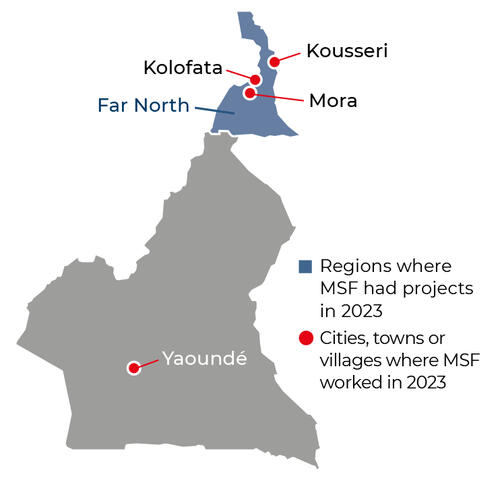

96,200
96,2
21,500
21,5
1,800
1,8

510
51
- Try a different country, year, format, or topic.
- Clear one or more filters
